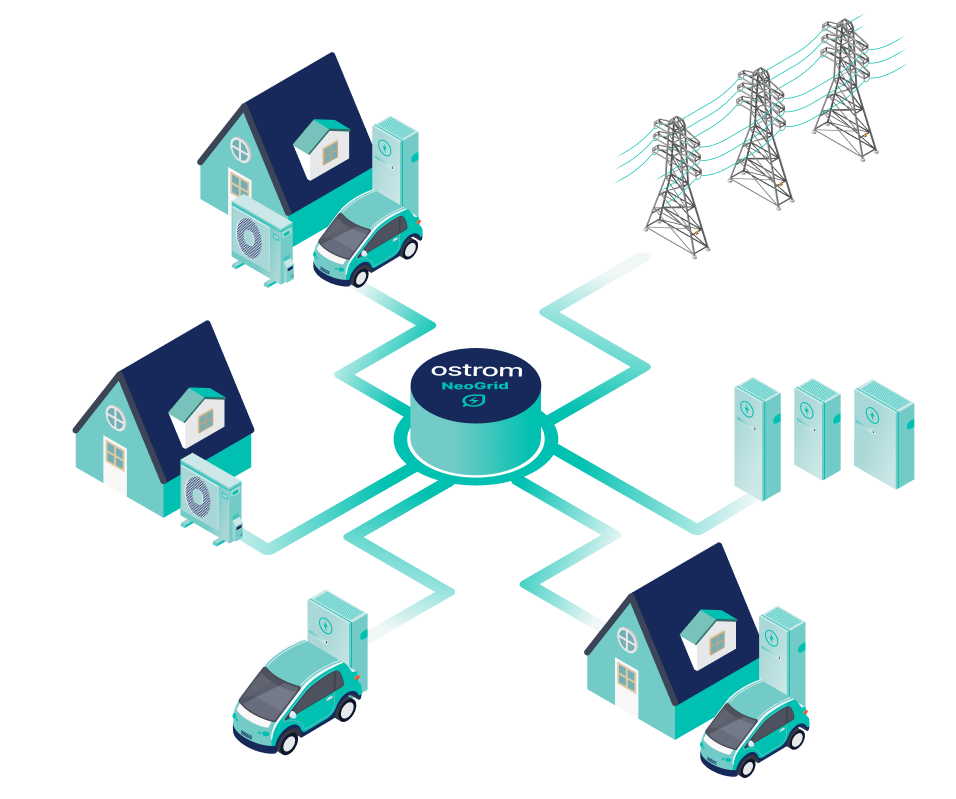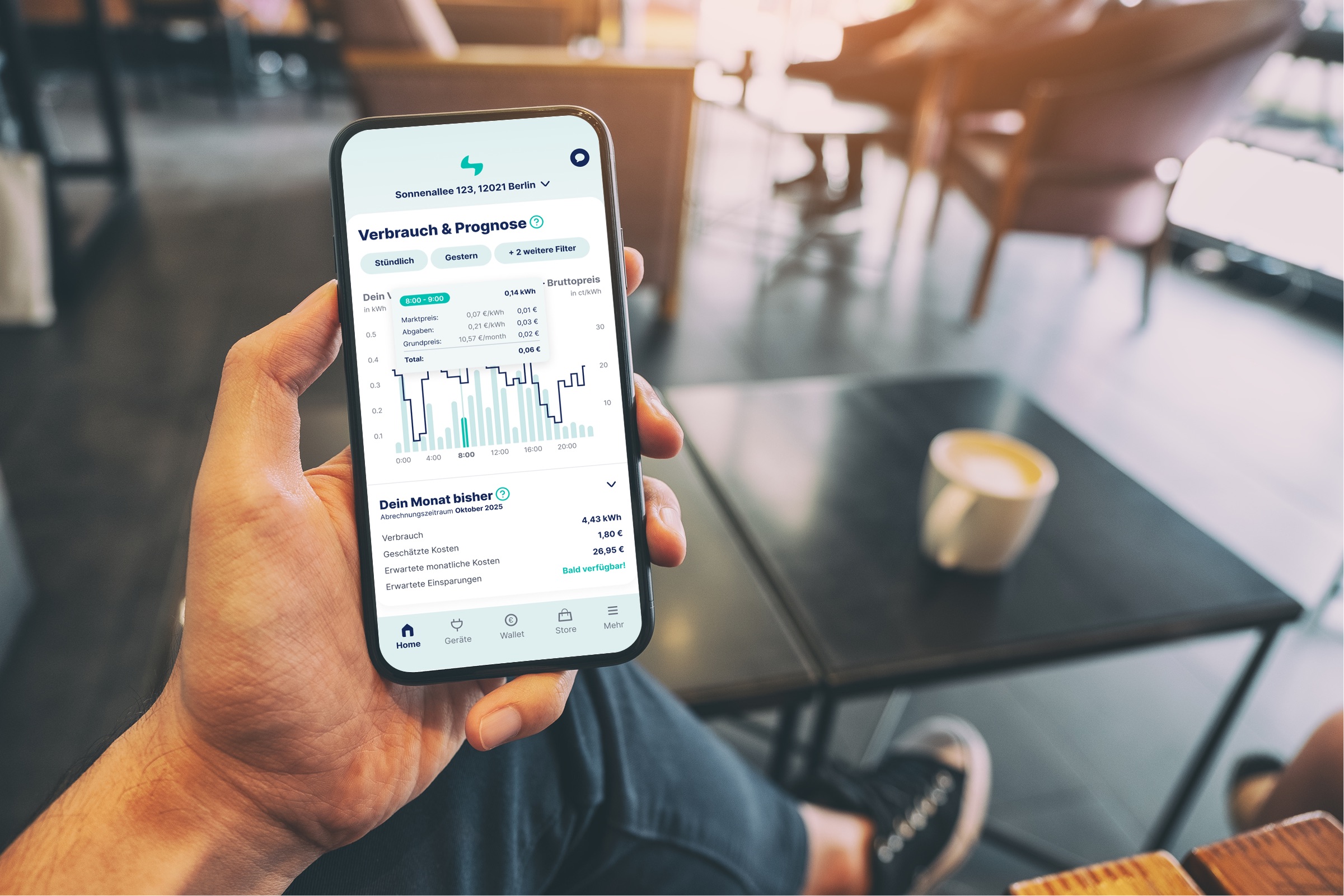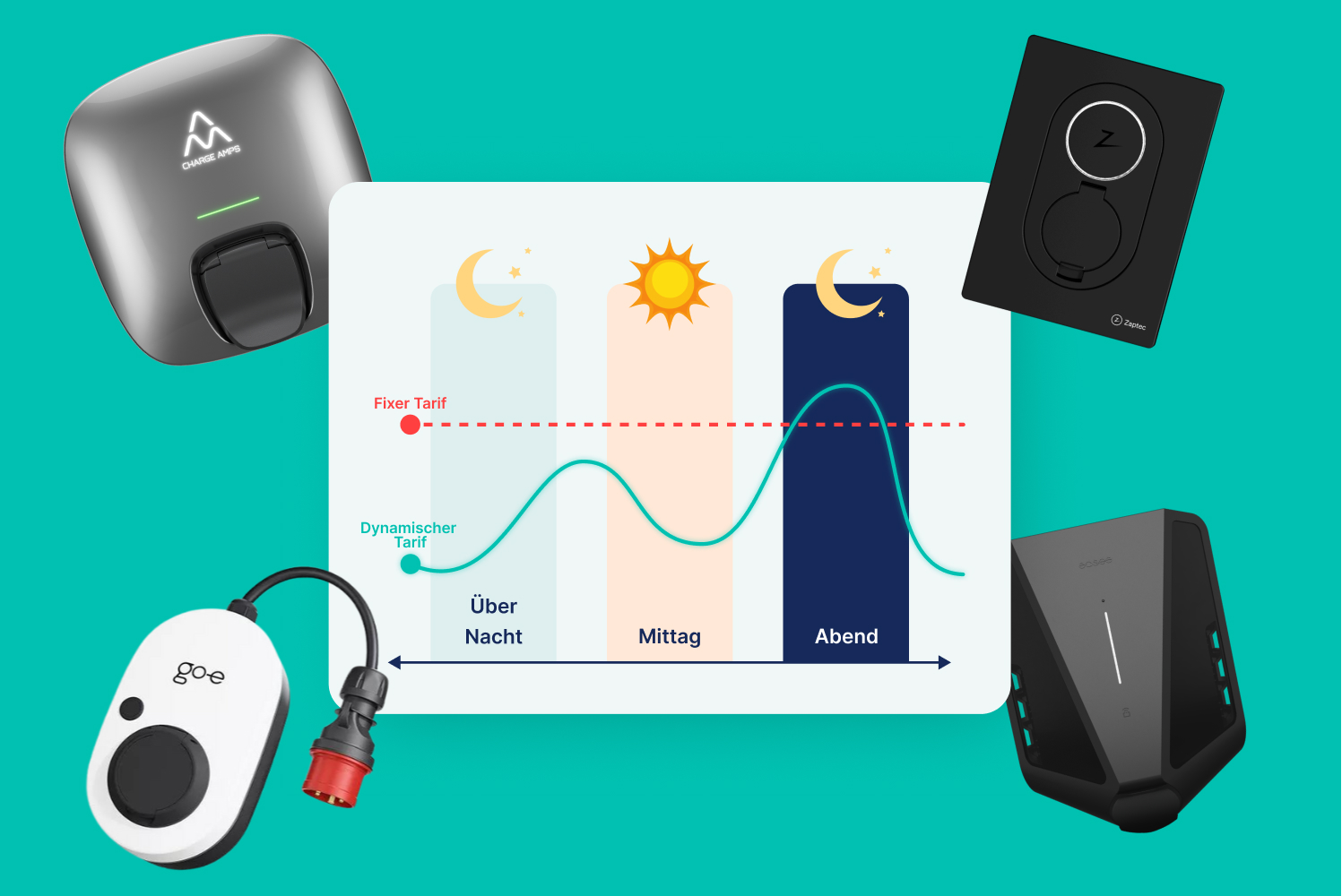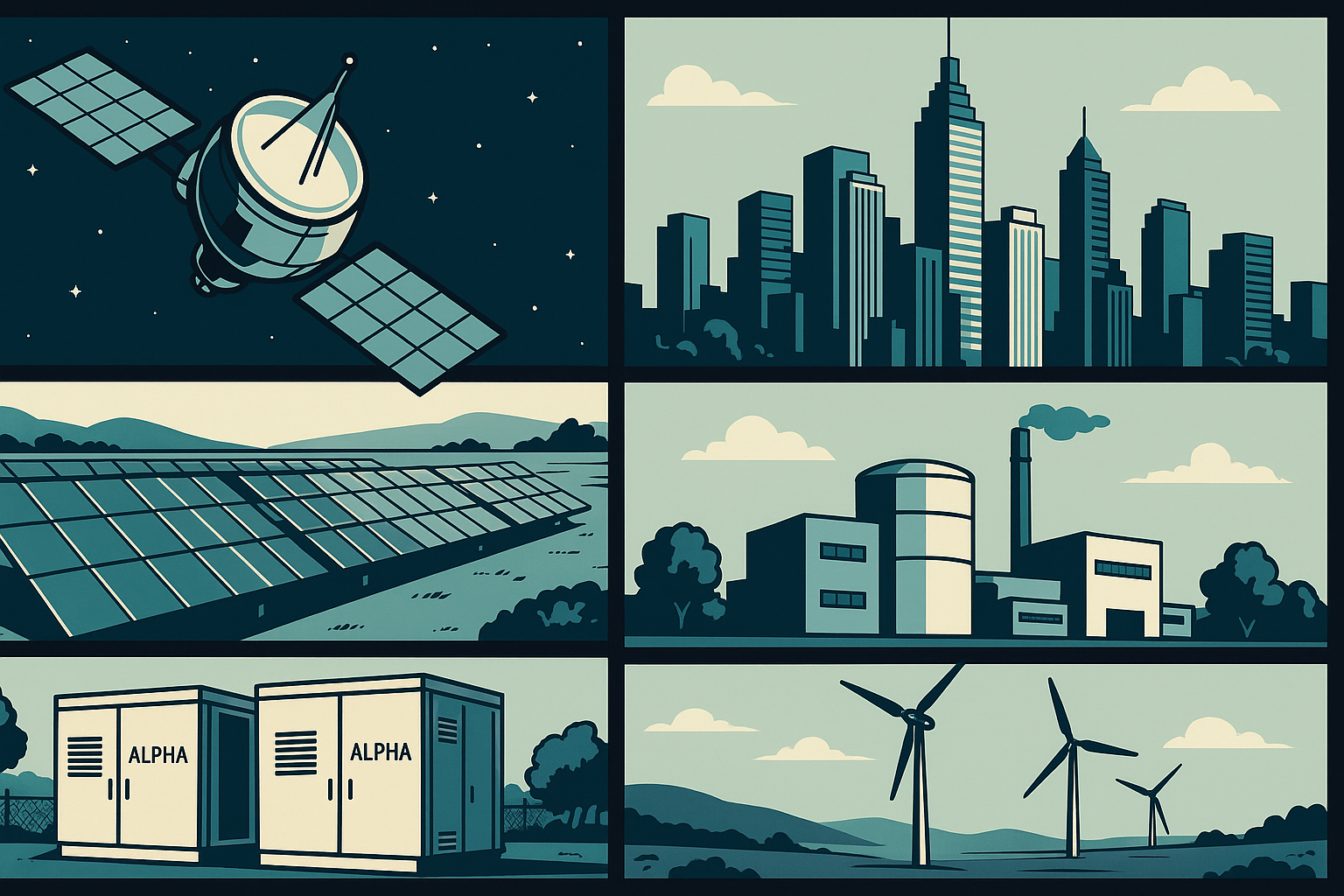Energy
Teil 5: Wie Wasserenergie funktioniert
By
Team Ostrom
5.10.2022

3
Min.

Wasserkraft ist eine Form der Elektrizität, die durch die Bewegung von Wasser erzeugt wird. Sie ist eine saubere und erneuerbare Energiequelle, die seit Jahrhunderten genutzt wird, um Haushalte, Unternehmen und Gemeinden mit Strom zu versorgen.
Um zu verstehen, wie Wasserkraft funktioniert, ist es hilfreich zu wissen, wie Strom erzeugt wird. Elektrizität entsteht, wenn Elektronen durch einen Leiter, z. B. einen Draht, fließen. In einem Wasserkraftwerk wird die Bewegung des Wassers genutzt, um diesen Elektronenfluss zu erzeugen.
Es gibt zwei Haupttypen von Wasserkraftwerken: Staudämme und Laufwasserkraftwerke. Staudämme sind große Bauwerke, die über einen Fluss gebaut werden, um einen Stausee zu schaffen. Das Wasser im Stausee wird dann durch eine Turbine geleitet, eine Vorrichtung, die die kinetische Energie des fließenden Wassers in mechanische Energie umwandelt. Diese mechanische Energie wird dann mit Hilfe eines Generators zur Stromerzeugung genutzt.
Laufwasserkraftwerke verfügen nicht über einen Stausee. Stattdessen nutzen sie die natürliche Strömung eines Flusses, um Strom zu erzeugen. Ein Damm wird nicht benötigt, aber es kann ein kleiner Kanal oder ein Gerinne gebaut werden, um das Wasser zur Turbine zu leiten.
In beiden Fällen ist die Turbine mit einem Generator verbunden, der aus einem Magneten und einer Drahtspule besteht. Wenn sich die Turbine dreht, bewegt sich der Magnet in der Drahtspule, wodurch ein elektrischer Strom erzeugt wird. Dieser Strom wird dann über Stromleitungen zu den Häusern, Unternehmen und Gemeinden geleitet.
Wasserkraft ist in vielen Ländern eine beliebte Stromquelle, auch in Europa und Deutschland. Tatsächlich ist die Wasserkraft nach der Windkraft die zweitgrößte erneuerbare Stromquelle in Europa.
Deutschland ist eines der führenden Länder in Europa, wenn es um die Stromerzeugung aus Wasserkraft geht. Das Land verfügt über eine Reihe von Wasserkraftwerken, darunter das Pumpspeicherkraftwerk Goldisthal, das größte seiner Art in Deutschland. Das Kraftwerk Goldisthal nutzt den natürlichen Flusslauf der Werra zur Stromerzeugung und kann bis zu 1.000 Megawatt Strom produzieren.
Wasserkraft ist eine zuverlässige und erneuerbare Stromquelle, die viele Vorteile hat. Sie erzeugt keine Treibhausgase oder andere schädliche Emissionen, was sie zu einer sauberen und umweltfreundlichen Energiequelle macht. Wasserkraft ist auch eine zuverlässige Stromquelle, da sie nicht wie Solar- oder Windenergie von den Wetterbedingungen abhängig ist. Außerdem können Wasserkraftwerke im Vergleich zu anderen Kraftwerkstypen in relativ kurzer Zeit gebaut werden.
Zusammenfassend lässt sich sagen, dass Wasserkraft eine Form der Elektrizität ist, die durch die Bewegung von Wasser erzeugt wird. Sie ist eine saubere und erneuerbare Energiequelle, die seit Jahrhunderten genutzt wird, um Haushalte, Unternehmen und Gemeinden mit Strom zu versorgen. Deutschland ist eines der führenden Länder in Europa, wenn es um die Erzeugung von Strom aus Wasserkraft geht, mit einer Reihe von Wasserkraftwerken, die in der Lage sind, große Mengen an Strom zu produzieren.















.avif)